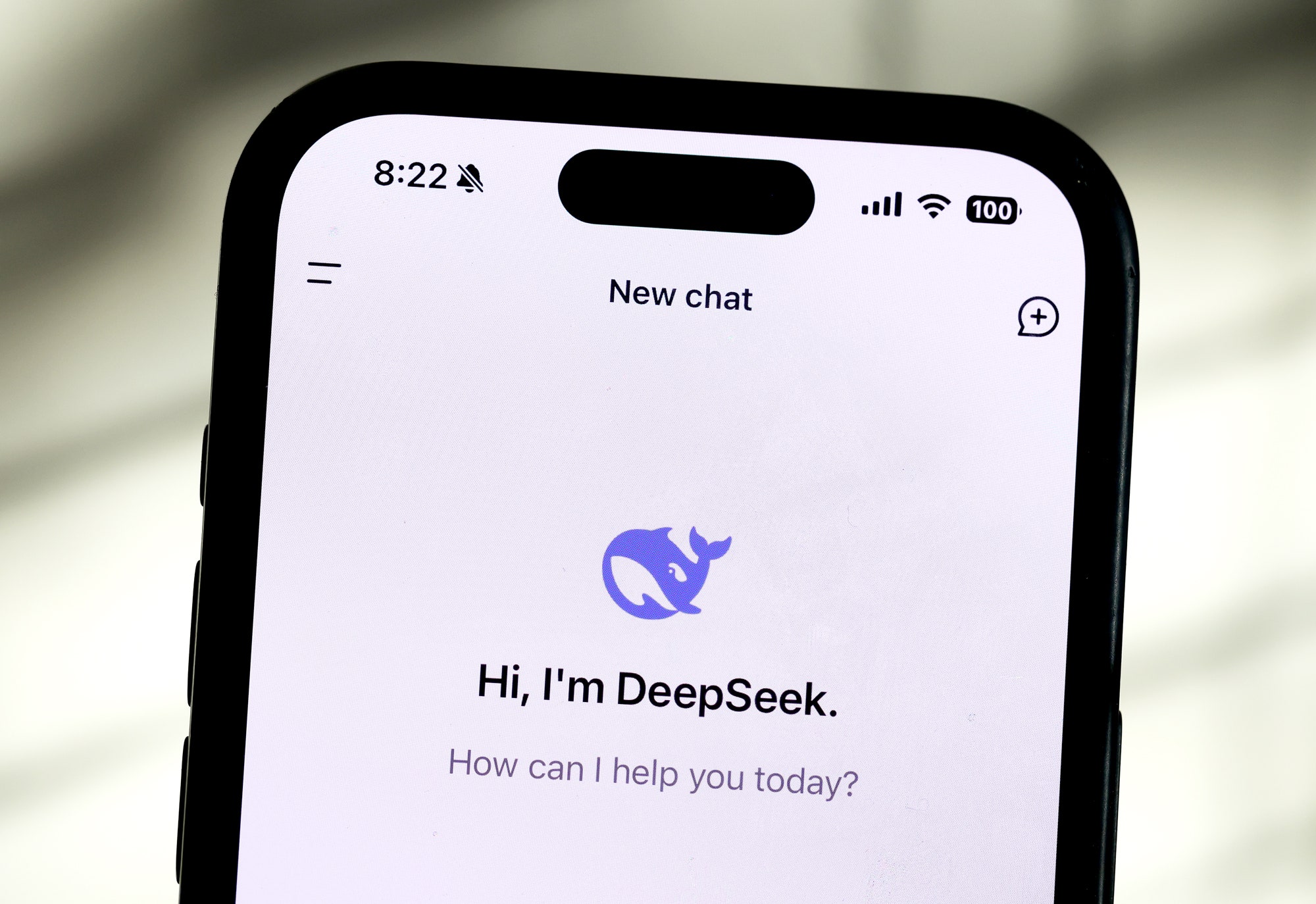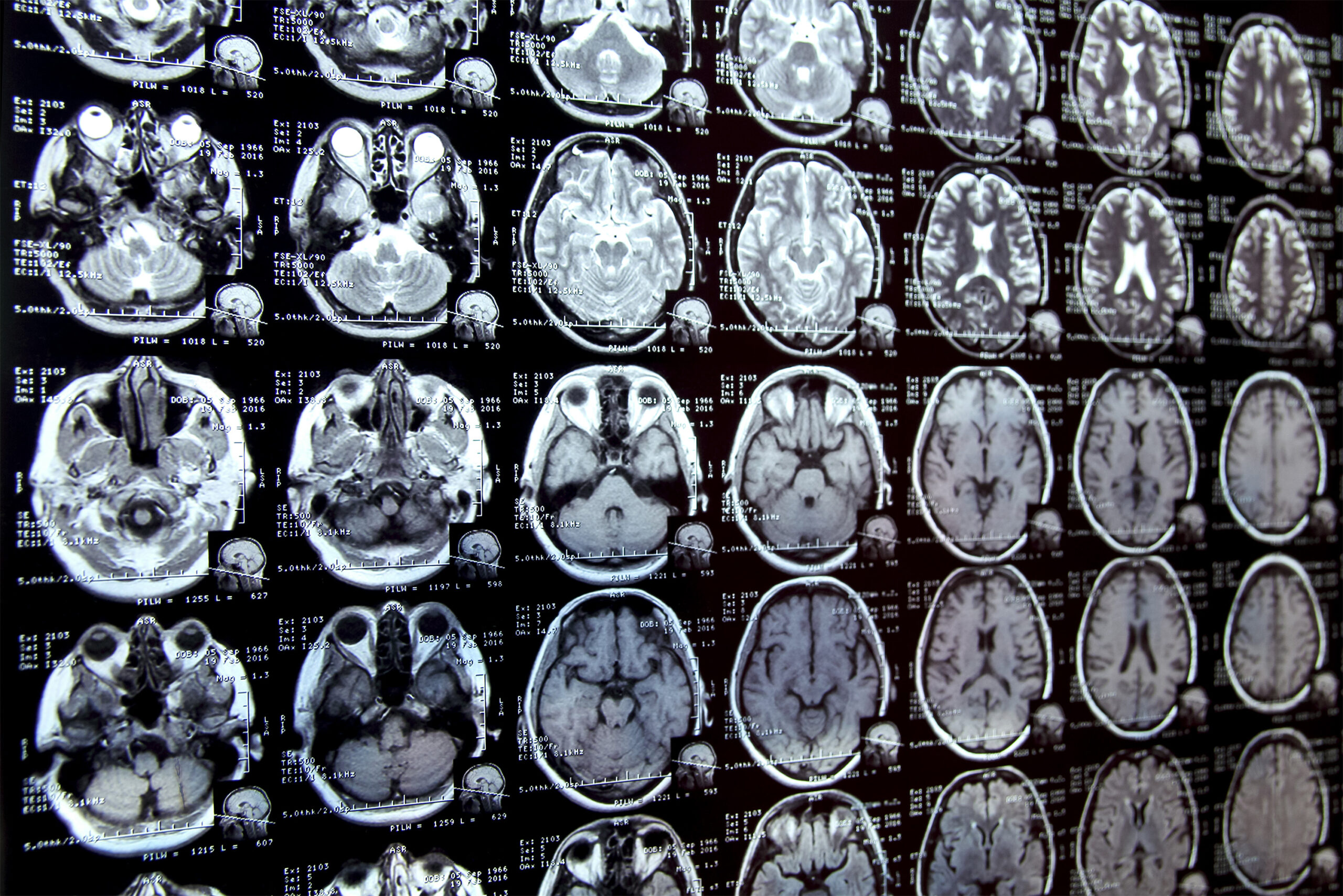DeepSeek’s Open-Source AI Model: A Censorship Investigation
The rapid ascent of DeepSeek’s open-source AI model has sparked global conversations about the future of artificial intelligence. While the model excels in areas like reasoning and mathematical capabilities, it also imposes significant censorship on its outputs, particularly on topics deemed sensitive by the Chinese government. From application-level restrictions to training biases, the censorship mechanisms ingrained in DeepSeek’s models have raised both ethical and technical questions.
Application-Level Censorship: The First Layer of Control
When users interact with DeepSeek-R1 via its official app, website, or API, certain topics—such as Taiwan or the Tiananmen Square protests—trigger immediate refusals to respond. This type of censorship operates at the application level, meaning that the restrictions are embedded within DeepSeek-controlled platforms. For example, when asked politically sensitive questions, the app may display a terse response like, “I’m not sure how to approach this type of question yet.”
Such real-time monitoring is not unique to Chinese AI models. Western models like OpenAI’s ChatGPT also include safeguards, but these are typically aimed at mitigating harmful content like self-harm or explicit material rather than political sensitivity. However, the stark visibility of DeepSeek’s self-censoring mechanisms, where the model visibly alters or retracts its answers mid-response, provides a glimpse into its underlying operation.
Pre-Training Bias: The Data Foundation
Bias begins at the data collection stage, where the input data for training may be incomplete or skewed. For Chinese AI models, the training data often reflects state-aligned narratives. This foundational bias manifests in sanitized responses to politically charged questions. For instance, DeepSeek’s responses about China’s Great Firewall often rationalize it as a necessity for social stability.
Interestingly, Kevin Xu, a prominent AI investor, suggests that pre-training bias may be less about data limitations and more about post-training adjustments tailored to meet regulatory requirements. This ensures that the model aligns with the narratives mandated by the Chinese government while remaining broadly functional.
Post-Training Bias: Fine-Tuning for Compliance
Post-training involves refining the model to make its responses more user-friendly and aligned with specific ethical or legal guidelines. For DeepSeek, this fine-tuning process means the model is further adjusted to adhere to Chinese regulations. When asked about “important historical events of the 20th century,” the model notably prioritizes achievements under the Chinese Communist Party while avoiding mention of controversial periods like the Cultural Revolution.
This layer of bias is particularly challenging to eliminate without significant technical expertise. However, the open-source nature of DeepSeek’s models allows researchers to experiment with uncensoring methods, such as retraining the model using uncensored data.
Bypassing Censorship: What Are the Options?
There are ways to bypass DeepSeek’s built-in censorship mechanisms. One approach is to run the model locally on your own hardware. While this requires technical know-how and potentially expensive GPU resources, smaller distilled versions of the model are accessible for less powerful systems. Alternatively, users can host the model on cloud platforms outside of China, such as Amazon Web Services or Microsoft Azure, to circumvent application-level restrictions.
It’s worth noting that uncensoring a model like DeepSeek can be a double-edged sword. On one hand, it makes the model more versatile; on the other, it may expose the uncensored version to regulatory or ethical scrutiny.
The Bigger Picture: Censorship and Global AI Adoption
Despite concerns about censorship, many enterprise users may still choose DeepSeek’s models for their robust performance in non-political domains. For instance, the model’s capabilities in coding, logic, and language tasks make it a valuable tool for businesses. Sensitive topics, after all, may rarely feature in enterprise use cases.
However, the ethical implications of using censored AI models cannot be ignored. As Chinese models like DeepSeek become increasingly integrated into international markets, questions of transparency and bias will continue to loom large.
For additional insights into the risks associated with DeepSeek’s AI models, explore our related post on DeepSeek AI Faces Security Concerns as Guardrails Fail All Tests.
Conclusion: A Complex Landscape
DeepSeek’s censorship mechanisms highlight a broader tension in AI development—balancing regulatory compliance with the need for transparency and utility. While the open-source nature of its models offers opportunities for customization, it also presents challenges for maintaining ethical standards. As global interest in AI continues to grow, the choices made by developers and users alike will shape the future of this transformative technology.







